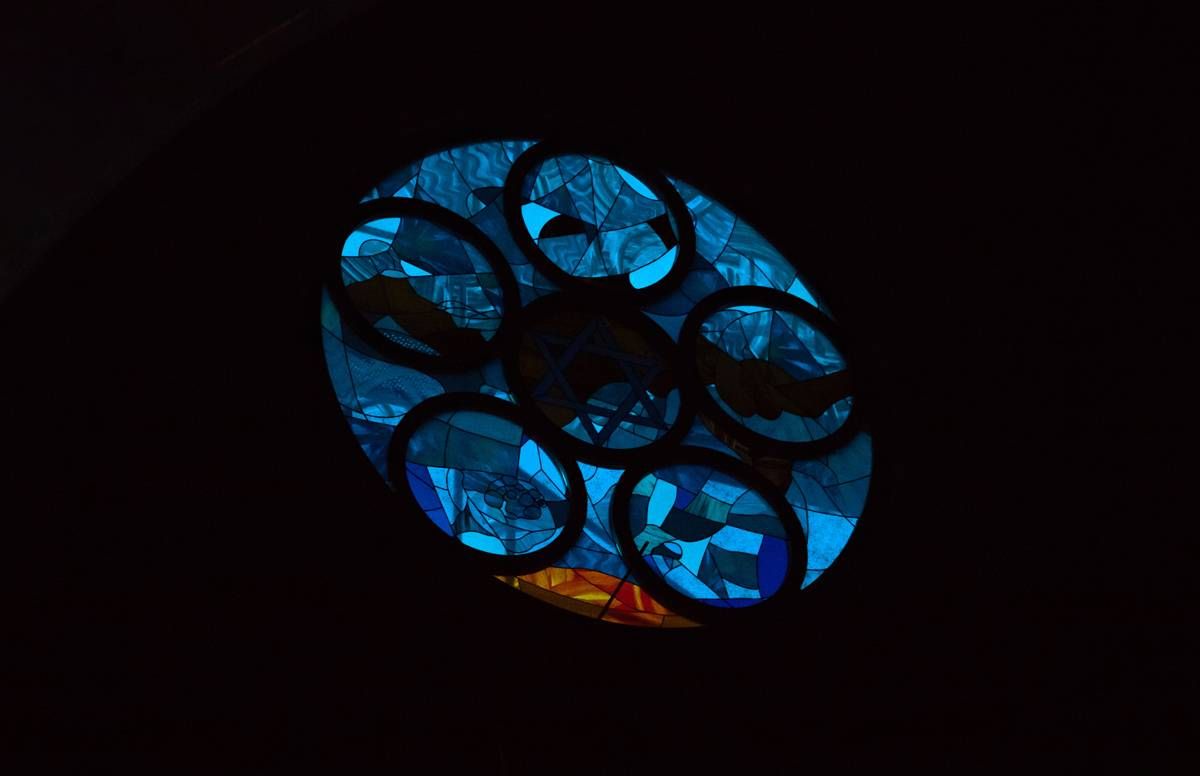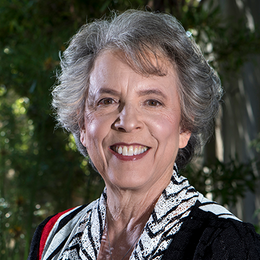A Rabbi's Guide to the Virtual High Holy Days
Advice for a very different Rosh Hashana and Yom Kippur in 2020
The High Holy Days begin with Rosh Hashana (the Jewish New Year, starting this year on Friday night Sept. 18) and culminate 10 days later with Yom Kippur (the day of Atonement, this year on Monday, Sept. 28). These are the days when most Jews go to synagogue, even those who rarely go at other times during the year. As the old Jewish joke reminds us: Cohen and Levine come to High Holy Day services. Cohen comes to talk to God. Levine comes to talk to Cohen.

The Jewish tradition teaches that whenever 10 gather together in prayer, the Divine Presence is among them. And on the holy days, our synagogues are filled to overflowing.
But not this year.
Because of COVID-19, having large groups of people together in synagogue is not safe. So, synagogues, clergy and congregants need to do things very differently in 2020. The work involved by rabbis and cantors, already exhausted by the anxiety, loss and emotional needs their congregants have expressed in the months of the pandemic, is overwhelming.
This could be the year for you to visit synagogues or Jewish experiences that you’ve heard about.
Everything from creating virtual choirs which present the music that is so central to the High Holy Day experience to preaching a powerful sermon without seeing your listeners is an unfathomable hurdle.
And yet, somehow, these accommodations will need to succeed because the High Holy Days are so important.
Some synagogues will gather small groups in their sanctuaries six feet apart. Others may try outdoor services or encourage very small gatherings in people’s homes.
But many others, predominantly the more liberal ones for whom the use of technology on a holy day is not understood as a violation of Jewish law, will turn to Zoom, YouTube and Vimeo to present virtual services.
Many of those synagogues, particularly larger ones, are prerecording their services. To say this is a challenge is an understatement. Getting the technology right is expensive and time consuming, too.
Other synagogues are live streaming services, with just the clergy in the sanctuary, or with clergy and choir members separate in their own homes. Some will use the chat function to welcome congregants who identify themselves as they log on, and perhaps have opportunities for small group conversations in breakout rooms during services, hoping to create a sense of community and connection.
The High Holy Days will be different for synagogues in another important way. Most North American congregations depend on membership dues to fund their programs. Typically, the dues are collected prior to the High Holy Days, when congregants receive their tickets to attend. But with virtual services, many synagogues are making their services available to anyone who wants to participate, member or not. That’s quite a challenge to the synagogue’s budget.
One silver lining in this cloud, particularly for those who are not part of a congregation, is that this could be the year for you to visit synagogues or Jewish experiences that you’ve heard about. There are synagogues well known for their extraordinary music or their amazing charismatic clergy or their social justice work or their creativity or contemplative practices. Do some homework in advance and register for one of those experiences.
How can we find holiness alone or just with our partner in our homes on Rosh Hashana and Yom Kippur? How can we turn our new-found experience with Zoom and Facebook or YouTube into an opportunity to make these High Holy Days real?
High Holy Day Advice: Before and After Services
A recent article by the Forward’s Irene Connelly offers several important suggestions. Among them:
Before services start: Find out what the plan from your synagogue will be. What time are services? Will there be an opportunity for small group breakout rooms where congregants can visit more personally?
If possible, get a machzor from the synagogue — the prayer book you would have used if you had gone to synagogue. While some synagogues will screenshare the machzor so you can follow along with the clergy, most likely your mind may wander. You may find that reflecting on the English readings in the machzor in your hands can bring comfort and focus.
When getting ready to watch from home, get dressed as though you were going to synagogue. Even if no one will see you, getting dressed formally from more than just the waist up will help you move from the secular to the sacred. If it is your custom to pray with a kippah (head covering) and tallit (prayer shawl), make sure they are part of your prayer again this year.
Choose a space where you are least likely to be tempted to multitask. Place your computer a short distance away so you can feel as you might have felt in your sanctuary seeing the clergy’s face at a distance. Set the space apart in some way, perhaps with family photos or candlesticks. Try to make the space feel sacred.
After services: One of the most difficult challenges is being alone for the holy day meal. Again, prepare in advance. Make sure you have the ritual foods and the family favorites that signal the holiday: apples and honey, round challah, grandma’s noodle kugel.
Plan a Zoom call to coincide with mealtime, so you can celebrate with friends as you eat in your own homes.
One thing will not be different this year. The High Holy Days only “work” when we do the work to prepare ourselves and our souls to confront who we have been and who we want to become.
We need to ask: From whom do we need to seek forgiveness? And then we need to reach out to them, perhaps using the traditional “mechilah” (forgiveness) formula: “If there is anything I might have done or said to you this past year that hurt you, will you forgive me?”
Those conversations can be just as powerful over Zoom as in Starbucks or a friend’s living room. It is the beginning of the work we need to do to open our hearts, to return again to the people we want to become.
Yes, we may not be able to gather in our synagogue buildings to pray. But this year we learn something new — whenever 10 gather in prayer, in a building or in a virtual space, the Divine Presence is among them. There is holiness in community, however we gather.


